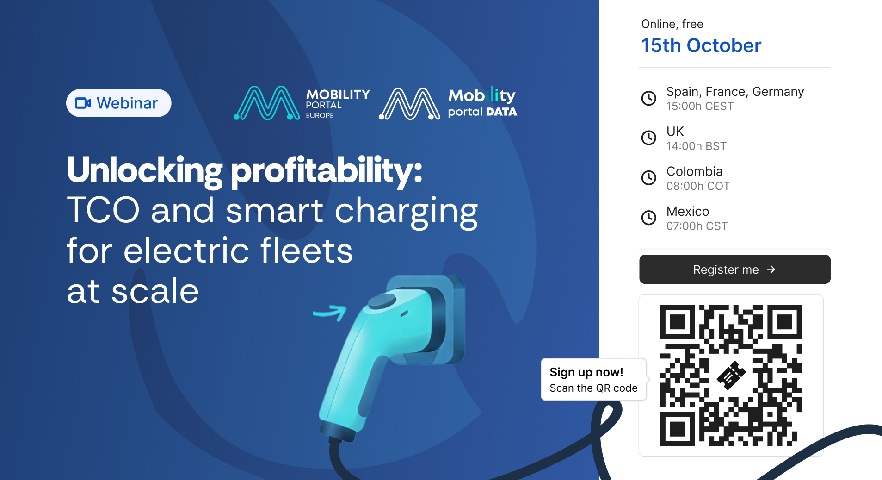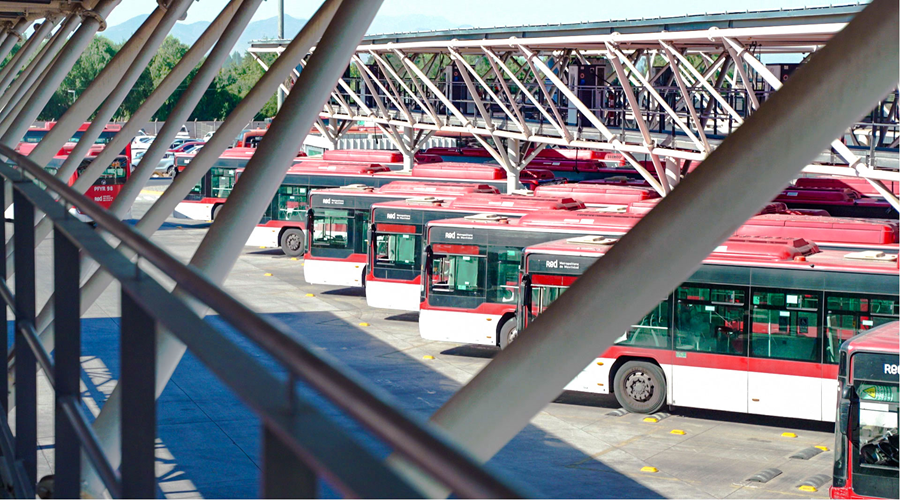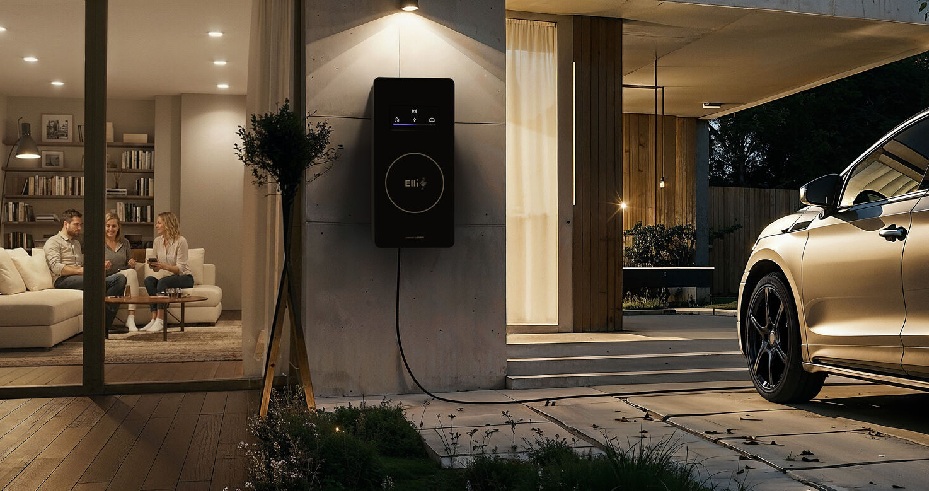In countries such as Mexico, Chile, and Colombia, regulations regarding charging infrastructure are underway, but the lack of a coherent regional approach results in market fragmentation.
According to Eugenio Grandio, president of the Electro Mobility Association (EMA) in Mexico, “Thinking of Latin America as a single regulatory block is a mistake.”
He explains that in Mexico, the influence of US regulations and the growing presence of Chinese manufacturers has led to the coexistence of connectors such as CCS1, NACS, and GBT, creating a complex scenario for users.
“The mass adoption of electric vehicles in Latin America has mainly come from Chinese manufacturers, who use different standards. This creates a situation where both American and Chinese formats coexist,” he explains.
International Standards and Connector Variety
When it comes to connectors, interoperability has become a priority to ensure that vehicles from different brands can charge at any station.
In Chile, for example, Technical Standard No. 15, issued by the Superintendence of Electricity and Fuels (SEC), establishes IEC 61851/62196 and CCS standards, among others.

In this country, the effort to harmonise connectors is significant, and the monitoring of active stations is well advanced.
“Chile was one of the first countries to adopt specific standards, but it encountered the problem that this early decision has made it difficult to update the regulatory framework in line with new market trends,” explains Grandio.
Chile’s case highlights a risk associated with premature standardisation: falling behind on global technological advancements.
In Mexico, the General Administrative Provision (DACG) from the Energy Regulatory Commission (CRE) was a pioneer in defining some guidelines.
“The regulation sets out controllable demand schemes and the technical connection to the national electricity system, but the connector issue has not yet been resolved,” says Walter Jiménez, Secretary for Energy Development in Tamaulipas and former Commissioner of CRE.
For Jiménez, one of the keys to the future is “the interoperability of the charging infrastructure.”
However, he warns that, in the absence of a single connector, a fragmented market is created, which could hinder the mass adoption of electric mobility.
Challenges of Standardisation in Countries with Emerging Regulations
In countries like Peru and Ecuador, regulations concerning charging infrastructure are still in the early stages of development.
In Peru, Supreme Decree 022-2020-EM provides for the possibility of commercial charging, but the regulation is still underdeveloped.
“Standardising connectors in the Latin America region is crucial, especially in countries where charging infrastructure is in its infancy,” says Adolfo Rojas, president of the Association of Entrepreneurs for the Promotion of Electric Vehicles (AEDIVE) in Peru.
“Currently, CCS1 and CCS2 connectors predominate, but the diversification of AC connectors, such as Type 1, Type 2, and GBT, creates barriers to interoperability.”
Antonio Chamorro, electric mobility specialist in Ecuador, also highlights that in his country, “there is still no mandatory regulation that standardises the type of connector.”
In his view, the lack of a unified regional policy complicates the integration and adaptation process for manufacturers, creating uncertainty for both infrastructure developers and users.
“The sector is evolving towards standards based on international regulations, but the heterogeneity of connectors complicates interoperability,” warns Chamorro.
The View of Private Stakeholders
Private stakeholders, such as electric vehicle and charger manufacturers, play a central role in the standardisation of charging infrastructure.
For Rojas, the role of manufacturers is crucial, as “it depends on their focus in the production line and the commercial pressure on governments to define the standards for their connectors.”
Jiménez also emphasises that companies have a significant responsibility in adopting sustainable standards that promote interoperability and the evolution of the market.
However, Carlos Lantigua, eMobility expert from the Dominican Republic, is more cautious regarding the implications of standardisation in smaller markets.
“In small markets like the Dominican Republic, standardisation could undermine the growth and mass adoption of electric vehicles,” he points out.
In his opinion, the “Holy Grail” of the industry is “achieving consensus on standardisation; however, countries and regions, in their desire to safeguard and protect their markets, define specific standards that are then difficult to dismantle and integrate into a global standard.”
Interoperability and Efficiency Must Go “Hand in Hand”
While connector and charging equipment standardisation appears to be a key topic of debate, the solution lies in ensuring that infrastructures are flexible enough to adapt to technological advancements and market realities.
According to Grandio, “Rather than imposing a single format, the important thing is to establish clear conditions for safety, interoperability, and connectivity, without limiting technological options.”
In this regard, certified adapters could offer an intermediate solution, allowing interoperability without compromising safety or the quality of the user experience.
Standardisation also has a positive impact on economies of scale. “With a homologated charging protocol, the costs of installation and maintenance of charging infrastructure would decrease,” underlines Chamorro.
This translates into greater competition, more options for consumers, and increased confidence in the charging system, thereby accelerating the transition to electric mobility.
Ultimately, connector and equipment standardisation should not be viewed as an imposition, but as a tool that will make charging infrastructure more accessible, efficient, and secure for all stakeholders involved.
However, this process must be carried out gradually and flexibly, with a long-term vision that takes into account technological evolution and the particularities of each market in Latin America.
DISCOVER MOBILITY PORTAL DATA
Discover Mobility Portal Data, a new exclusive market intelligence platform offering reliable data and key reports to support smart decision-making across the automotive sector — covering both combustion and electric vehicles, as well as charging infrastructure.
Research, trend analysis, and neatly organised statistics presented with clarity and precision, alongside up-to-date insights — all just one click away. With Mobility Portal Data, good decisions are on the horizon.
READ MORE
-
Exclusive webinar: Unlocking profitability – TCO and smart charging for large-scale fleet electrification in Spain
On 15 October at 3 p.m. (Madrid time), Mobility Portal Spain will bring together senior figures from across the e-mobility ecosystem for an online event that examines how large fleets can achieve profitable electrification.
-
Turnkey solution: Dhemax’s “recipe” for electric fleet TCO to outperform diesel
Fleet electrification is no longer a “pilot” phase—it has become a strategic economic decision requiring consultancy, operational redesign, and smart energy management. Dhemax shares its solutions and success stories.
-
IAA Mobility 2025: Elli launches bidirectional charging pilot and starts recruiting
Elli is launching a comprehensive pilot project for bidirectional charging of EVs. This technology can reduce charging costs01 by up to 75%02. At the same time, the company starts recruiting pilot participants.









